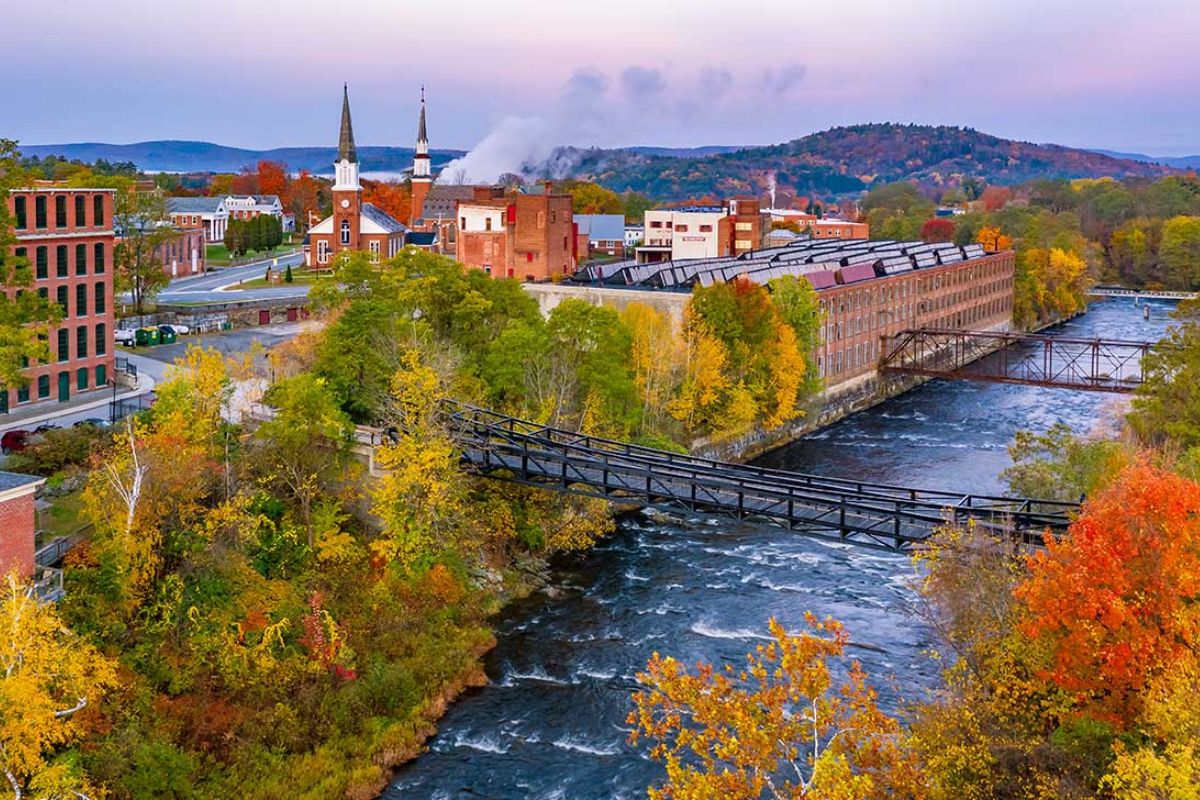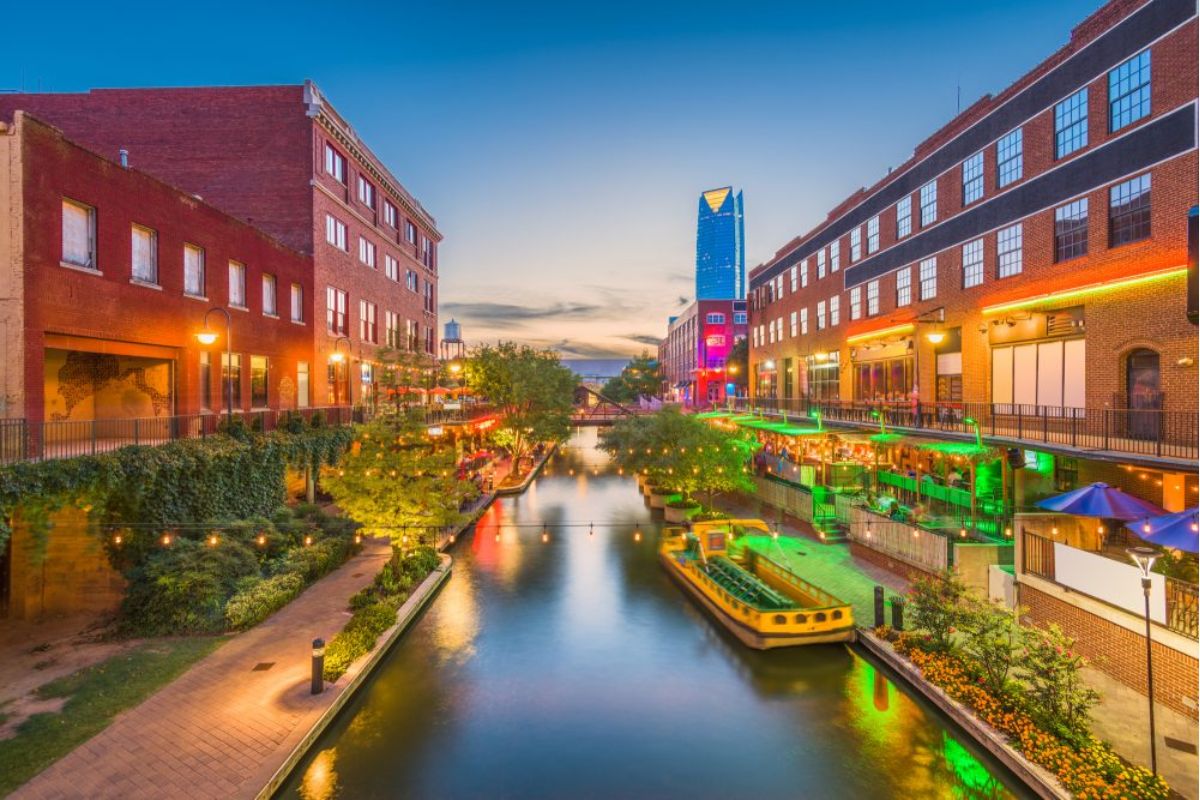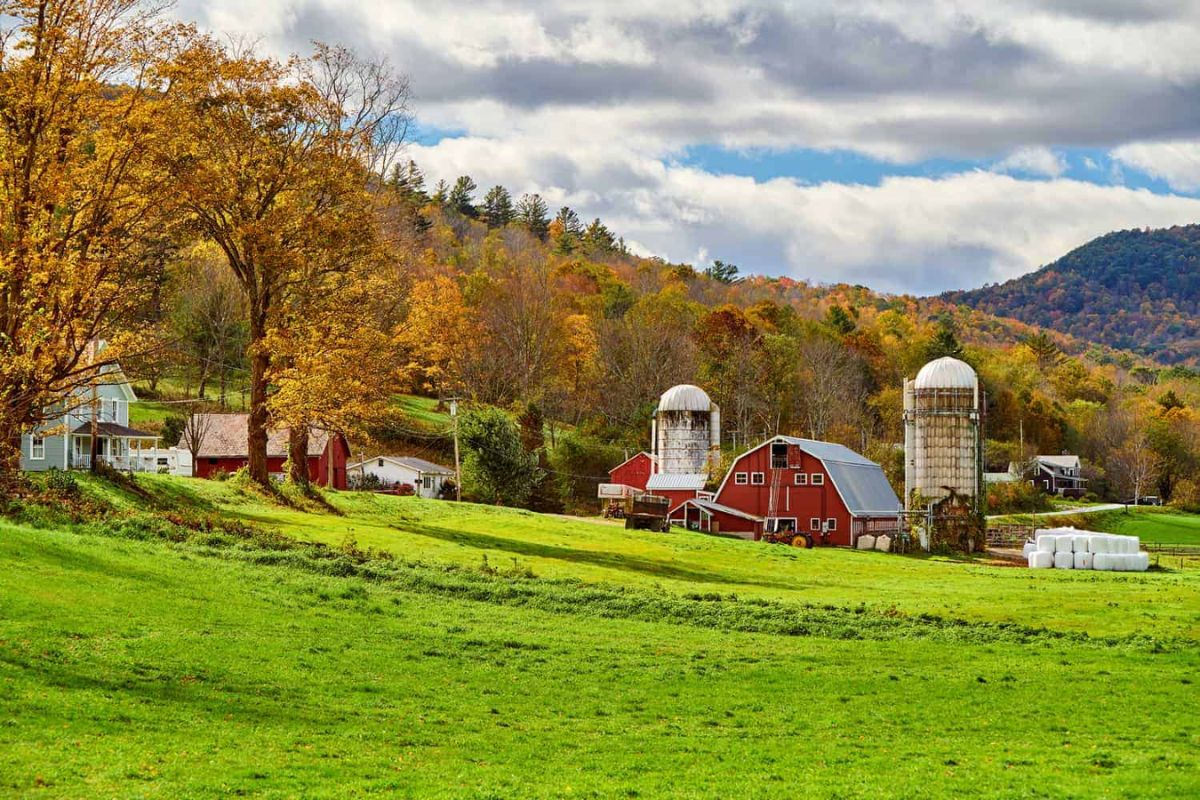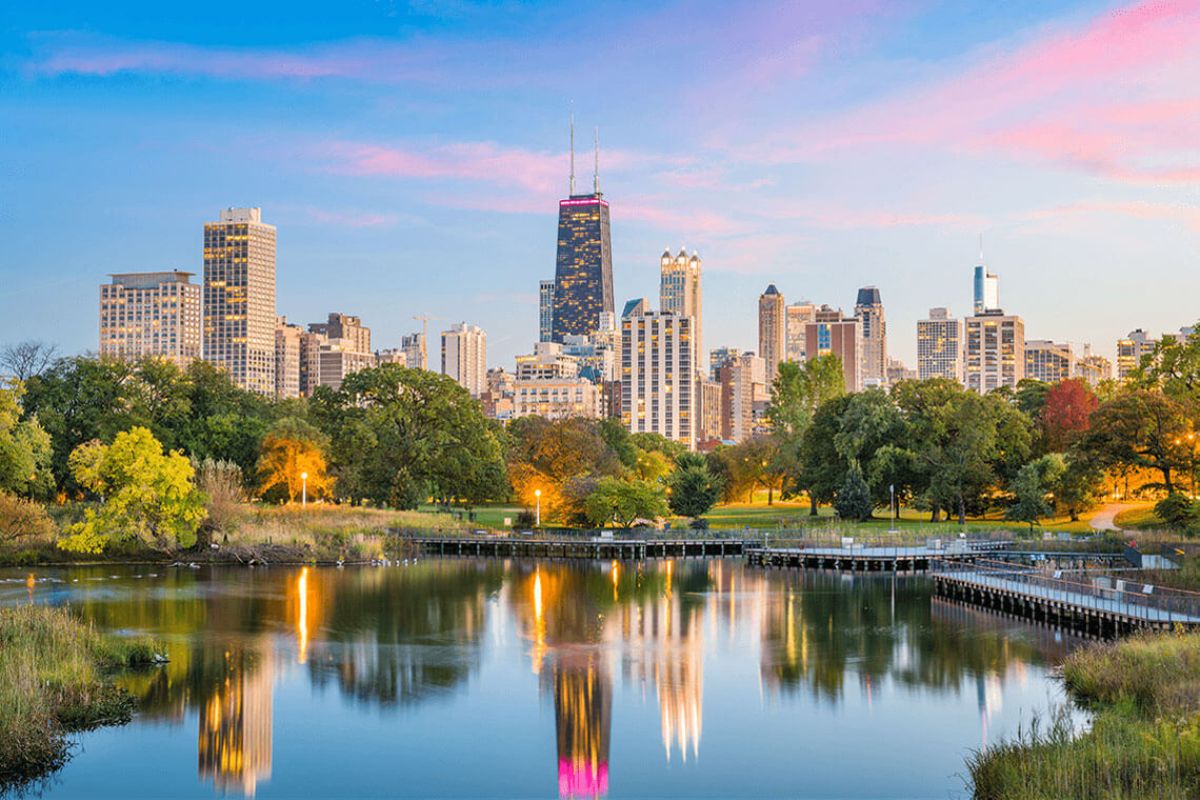Are you looking to build a house in the next couple of years? With housing prices continuing to rise, it can be difficult to find an affordable way to get your dream home. Luckily, there are certain types of homes that come with a lower price tag than others and we're here to tell you all about it!
In this blog post, we'll discuss what is currently projected as the cheapest type of house to build in 2023 and why. Read on for more information so that you can equip yourself with tips for budgeting for your future home purchase or building project!
1. Prefabricated Homes

Cost: $40,000 – $70,000
When it comes to housing options, prefabricated homes stand out as one of the most cost-effective choices per square foot. These types of houses come in various sizes, including small prefabricated homes that are remarkably affordable, with prices ranging from $40,000 to $70,000.
Additionally, an increasing number of prefabricated homes are designed with eco-friendliness in mind, making them a suitable consideration for those who prioritize environmental sustainability.
2. Shipping Container Homes

Cost: $10,000 – $35,000
In 2023, shipping container homes stand as the second most affordable type of house to construct. Although the notion of living in a shipping container may not initially sound appealing, these homes have gained popularity in recent years. It's important to note that building a shipping container home does not mean simply residing in a dirty, rusty container sitting on the ground—unless that's your preference, of course. People have discovered innovative and visually stunning ways to utilize shipping containers, creating unique, comfortable, and contemporary living spaces.
Moreover, the cost of constructing a shipping container home is significantly lower compared to other conventional building methods. By stacking and arranging shipping containers in various configurations, you can achieve the perfect home of your dreams.
3. Compact Dwellings

Cost: $17,000 – $37,000
Another emerging choice for constructing an economical abode is the realm of compact dwellings, commonly known as tiny houses. These petite residences have been garnering increasing attention in recent times. As the name suggests, tiny houses embody the essence of minimalistic living, with most ranging below 500 square feet and some as tiny as a mere 100 square feet. Visualize residing within a cozy 100-square-foot space akin to a generously-sized shed in your backyard.
However, as the dimensions expand to around 400-500 square feet, the appeal broadens to a larger audience. Though still significantly smaller compared to most conventional apartments, a compact dwelling of 400+ square feet can provide livability when ingeniously optimized.
4. Self-Sufficient Dwellings

Cost: $30,000 – $60,000
The concept of living off the grid in a secluded home might evoke a sense of paradise for certain individuals, and it also presents an affordable approach to constructing a new residence. By embracing an off-grid lifestyle, you can often circumvent additional expenses associated with building a home, such as permits and inspections. Without the need to comply with regulatory authorities, you have the freedom to undertake much of the construction work yourself, leading to substantial cost savings. However, it's important to acknowledge that living off the grid comes with its own set of considerations.
For instance, you may forgo certain modern amenities typically taken for granted, such as plumbing, access to electricity (unless utilizing solar power or a generator), and internet connectivity. While this lifestyle may be ideal for some, others may prefer a more conventional living experience with a broader range of comforts.
5. Ranch-Style House

Cost: $40,000 to $90,000
For those seeking a more traditional house that aligns with conventional expectations, opting for the construction of a ranch-style home may prove to be the ideal choice. These single-story dwellings boast a straightforward and practical design, which can be enhanced to create an exceptionally remarkable residence at a more favorable cost.
One notable advantage of ranch-style homes is their simplicity, as they typically consist of only one level without a basement. By eschewing the need for additional floors, considerable savings can be achieved in terms of construction expenses. Moreover, the omission of a basement eliminates the costs associated with its construction and all related expenditures.
Tips and Tricks to Cut Costs When Building a House
Plan and budget meticulously
Take the time to create a detailed plan and budget for your construction project. Research the costs of materials, labor, permits, and other expenses. Factor in a contingency fund for unexpected costs.
Optimize the design for cost-efficiency
Work closely with an architect or designer to optimize the design of your house for cost-efficiency. Minimize complicated architectural features, rooflines, and structural elements that can increase construction and maintenance costs.
Seek multiple quotes and negotiate
Obtain multiple quotes from different contractors and suppliers for materials, labor, and services. Compare prices and negotiate for better deals. Be clear about your budget and explore opportunities for cost savings.
Choose cost-effective materials and finishes
Look for cost-effective alternatives to high-end materials and finishes. There are often budget-friendly options available that can still provide durability and aesthetic appeal. Research and consult with professionals to find the best balance between quality and cost.
Consider energy-efficient solutions
Incorporate energy-efficient features into your design to save on long-term utility costs. Invest in insulation, energy-efficient windows, LED lighting, and energy-saving appliances. Although there may be upfront costs, the long-term savings can be significant.
Conclusion
From the options presented above, it's evident that there are numerous approaches to constructing an economical abode. Each of these alternatives offers unique benefits in varying degrees depending on personal preferences and budgetary constraints. It's wise to assess each option carefully by considering both its pros and cons before committing to one particular choice. Ultimately, taking the time to understand your needs and wants is essential for ensuring a successful home-building experience. With proper planning and research, you can discover an economical yet quality dwelling that suits your lifestyle.





